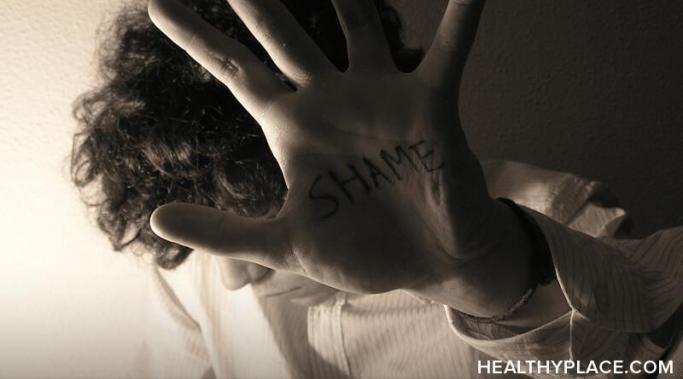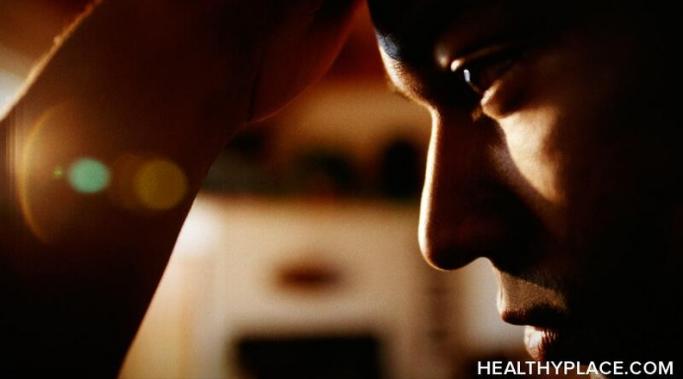I never really had a hobby, per se. I married young and had three kids. That, plus a full-time job, left little time for me, let alone hobbies. I write—this blog, for instance—and read, but I don't consider either of these hobbies. As a creative outlet, and with the hope that I could channel my thoughts and energy into something that wasn't all about my trauma and residual anxieties, I decided it was time to pursue a hobby.
Anxiety-Schmanxiety
In a recent blog post, I talked a little about the fact that I restarted therapy for the first time in many years. Specifically, I spoke about how it was a lot more difficult than I imagined it would be.
Late last summer, I went through weeks of acute panic and anxiety. I was very sick, and the mental and physical symptoms I endured were traumatic. I am in treatment to address those traumas, including the guilt and shame I felt from being sick and the residual guilt and shame I feel to this day.
I've never been good at talking about my mental health with others, even those who I've known for years. In the past, I didn't have enough self-knowledge to be able to talk about it with anyone in an adequate way. That time has long since passed, and yet I still hesitate to bring it up with anyone outside of my immediate family. I want to use the rest of this post to try and figure out why I find it hard to talk about my mental health with others.
"I am innocent of the illness that befell me." "I am strong. I am brave." "I am worthy of self-compassion." These are a few of my positive affirmations, said aloud or in silence, to help (re)train my brain. When I started therapy to treat trauma-induced anxiety and panic, these words were hollow and represented nothing more than wishful thinking. As my treatment progresses, adaptive thoughts, similar to my affirmations, are integrating themselves into what I believe about myself.
As I’ve discussed in previous posts, a little over two years ago, I survived a catastrophic apartment fire. Among other things, the experience left me with the fear that something bad will happen to me in the future. I have not been able to shake that feeling. In this post, I want to briefly discuss that.
A little while ago I wrote about my experience with eye movement desensitization and reprocessing (EMDR) therapy. I had never heard of EMDR until my therapist, who specializes in trauma therapy, introduced it to me as a way to treat the panic and anxiety I experience associated with a trauma I recently suffered. Now, I'd like to share how I feel immediately following an EMDR session.
I have aphantasia, a neurodiversity (a different way of thinking), whereby I am unable to visualize. Most of you reading this now can easily imagine a sunset, a calm lake, or fluffy white clouds against a crisp, blue sky. I simply cannot conjure images. Having a blind imagination, as it's sometimes called, used to trigger my anxiety insomuch as my inability to visualize used to cause frustration, anger, confusion, shame, and a feeling of failure.
As someone who’s into metal music, one of the things I’ve wanted to do for a while is make a vest covered with patches. I’ve been collecting patches for about four years, so at the beginning of this year, I decided I should stop waiting and just go ahead and make it.
My history with therapy has been, to put it mildly, spotty. I’ve seen a number of therapists since I was a child, but I haven’t had good experiences with most of them – this was due to any number of factors ranging from some being incompatible with my personality to others literally causing me to cry after the session ended. Because of that, my desire to continue with any new therapist has not been strong. But because my mental health has been so unstable for a while now, I decided I needed to make a change. As of the end of last month, I decided to restart therapy, so this post will focus on that.









